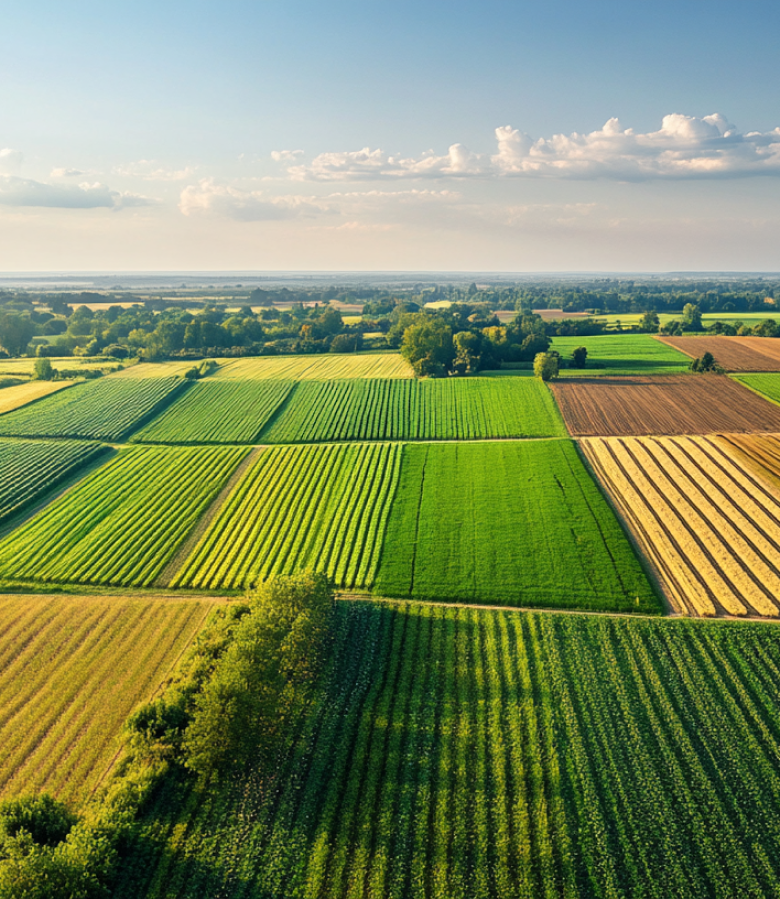Controlled Traffic Farming: A Game-Changer for Modern Agriculture
In an era of rapid technological advancements, Controlled Traffic Farming (CTF) stands out as a revolutionary innovation for modern agriculture. By confining machinery to permanent traffic lanes, CTF reduces soil compaction, enhances crop yields, and lowers operating costs. Whether you’re a seasoned farmer or exploring AgTech for the first time, this guide will explain how CTF works and why it’s worth implementing on your farm.
What is Controlled Traffic Farming?
Controlled Traffic Farming is a farming practice that limits the movement of heavy machinery to designated lanes within the field. Unlike traditional farming methods, where machines often travel across the entire field, CTF uses precise guidance systems to ensure traffic is confined to specific zones. This approach prevents soil compaction in the areas where crops grow, creating a more favorable environment for root development and water infiltration.
How Does CTF Work?
CTF relies on advanced technologies, including:
- GPS Guidance Systems: These systems enable machinery to follow exact paths with minimal deviation, ensuring consistent lane usage.
- Autosteering: Autosteer-equipped tractors and combines keep machines aligned within the designated traffic lanes.
- Matching Machinery Widths: All farm equipment is adjusted to have matching working widths and wheel spacings, reducing the risk of overlap and simplifying lane planning.
By adopting these technologies, farmers can maintain permanent traffic lanes year after year, ensuring the rest of the field remains untouched by machinery.
The Benefits of Controlled Traffic Farming
CTF offers numerous advantages for farmers:
- Reduced Soil Compaction:
- Machinery weight compacts the soil, limiting water infiltration and root growth. By confining traffic, CTF minimizes compaction in crop zones, resulting in healthier, more productive plants.
- Improved Yield Potential:
- Research shows that CTF can increase yields by 10-20% in compacted soils by providing better conditions for crop growth.
- Lower Input Costs:
- By reducing overlap, farmers save on consumables like seeds, fertilizers, and pesticides. Additionally, less fuel is used since machines follow optimized routes.
- Environmental Sustainability:
- Healthier soils require fewer chemical inputs and irrigation, reducing runoff and environmental impact.
- Ease of Farm Management:
- Permanent lanes improve field access, especially in wet conditions, reducing downtime and enhancing efficiency.
Economic Benefits of Using Navigation Lines
To understand the financial benefits of CTF, let’s consider a 100-hectare wheat farm:
Assumptions:
- Yield increase: 10%.
- Average yield: 4 tons per hectare.
- Wheat price: $250 per ton.
- Reduced input costs: 10% savings on fertilizers and fuel.
Calculation:
- Yield Increase:
- Additional yield: 100 hectares x 10% x 4 tons/hectare = 40 tons.
- Additional revenue: 40 tons x $250/ton = $10,000.
- Input Savings:
- Average input cost: $200 per hectare.
- Total input savings: 100 hectares x $200/hectare x 10% = $2,000.
- Total Annual Benefit:
- $10,000 (yield increase) + $2,000 (input savings) = $12,000.
Challenges of Adopting CTF
While the benefits are compelling, implementing CTF requires careful planning and investment. Challenges include:
- Initial Costs:
- Upgrading machinery to match working widths and investing in GPS systems can be expensive.
- Field Layout Adjustments:
- Irregularly shaped fields may require redesigning for optimal traffic lanes.
- Learning Curve:
- Farmers must familiarize themselves with new technologies and management practices.
Challenges of Adopting CTF
If you’re considering Controlled Traffic Farming, here are a few steps to begin:
- Evaluate Your Equipment:
- Assess the widths and wheel spacings of your current machinery. Consider upgrading or modifying equipment to align with CTF requirements.
- Invest in Guidance Technology:
- Equip your machines with GPS and autosteering systems for precise lane adherence.
- Plan Your Traffic Lanes:
- Use the Quantagro Web Application to design permanent lanes, taking field shape and slope into account.
- Start Small:
- Implement CTF on a trial basis, such as one or two fields, to observe the benefits before scaling up.
Conclusion
Controlled Traffic Farming is more than just a farming technique—it’s a paradigm shift towards sustainable and efficient agriculture. By reducing soil compaction, improving yields, and cutting input costs, CTF empowers farmers to achieve long-term profitability and environmental stewardship.
Whether you’re managing a small family farm or a large-scale operation, CTF is an investment in the future of your land and business. Embrace the power of technology and take the first step towards smarter farming today!


